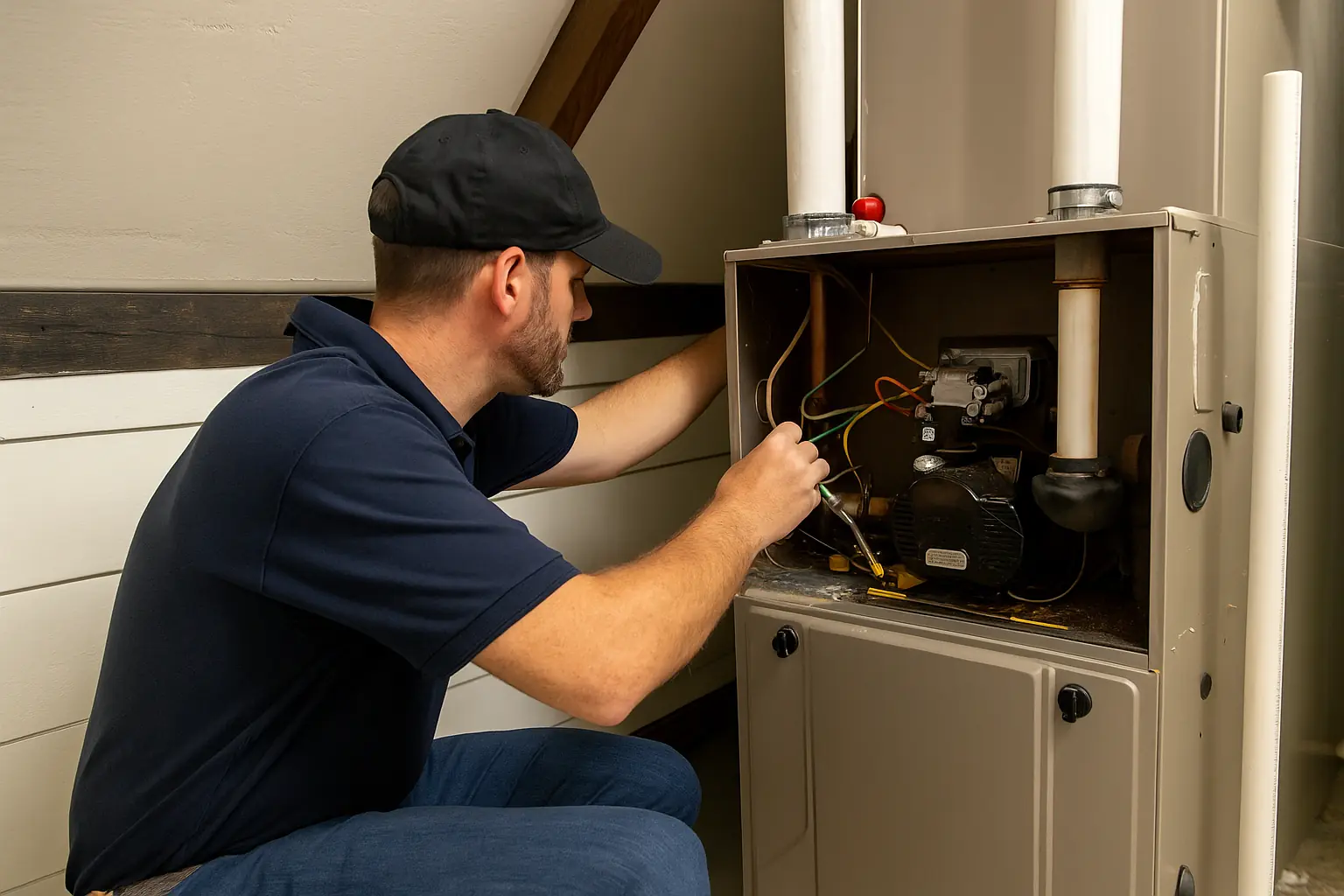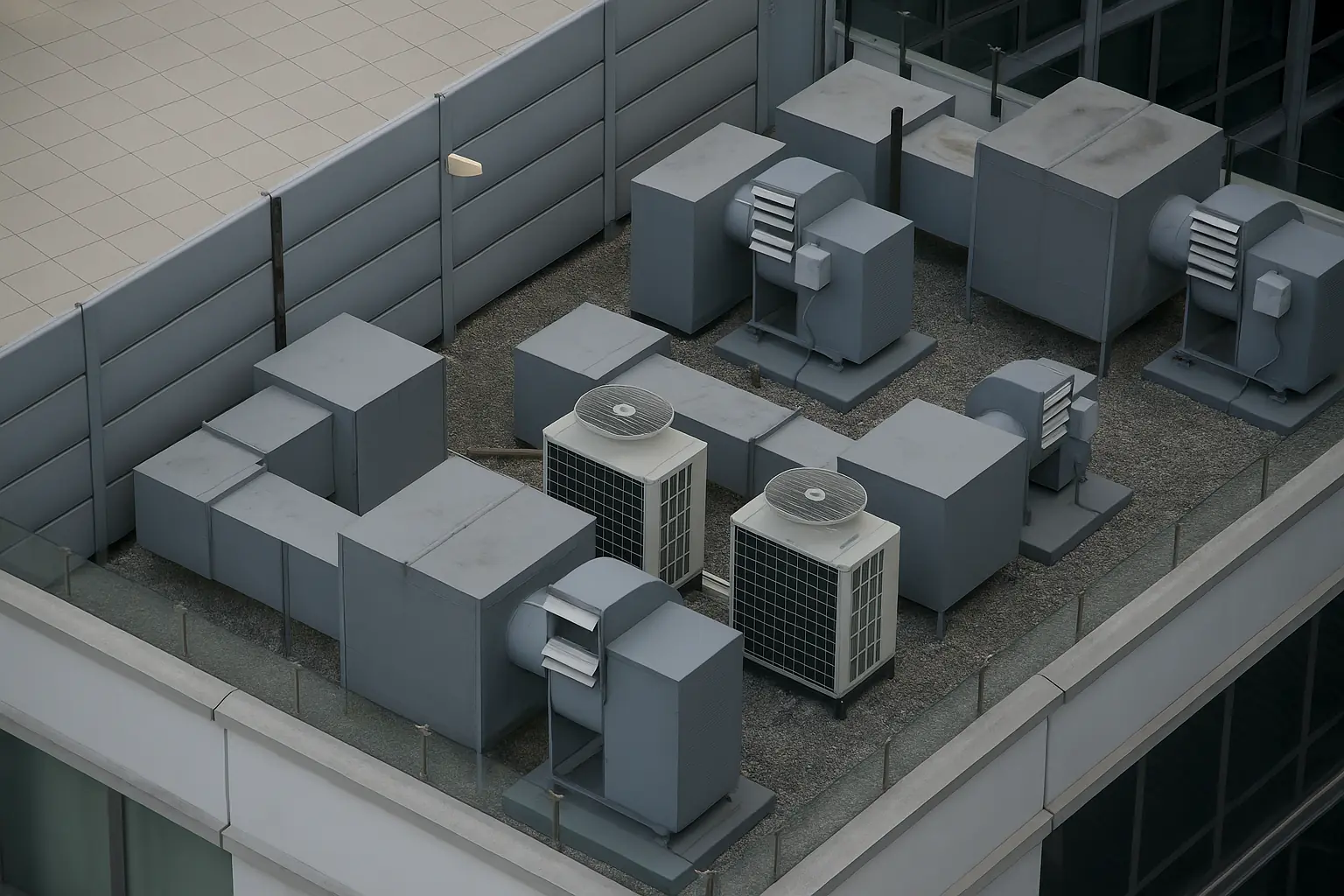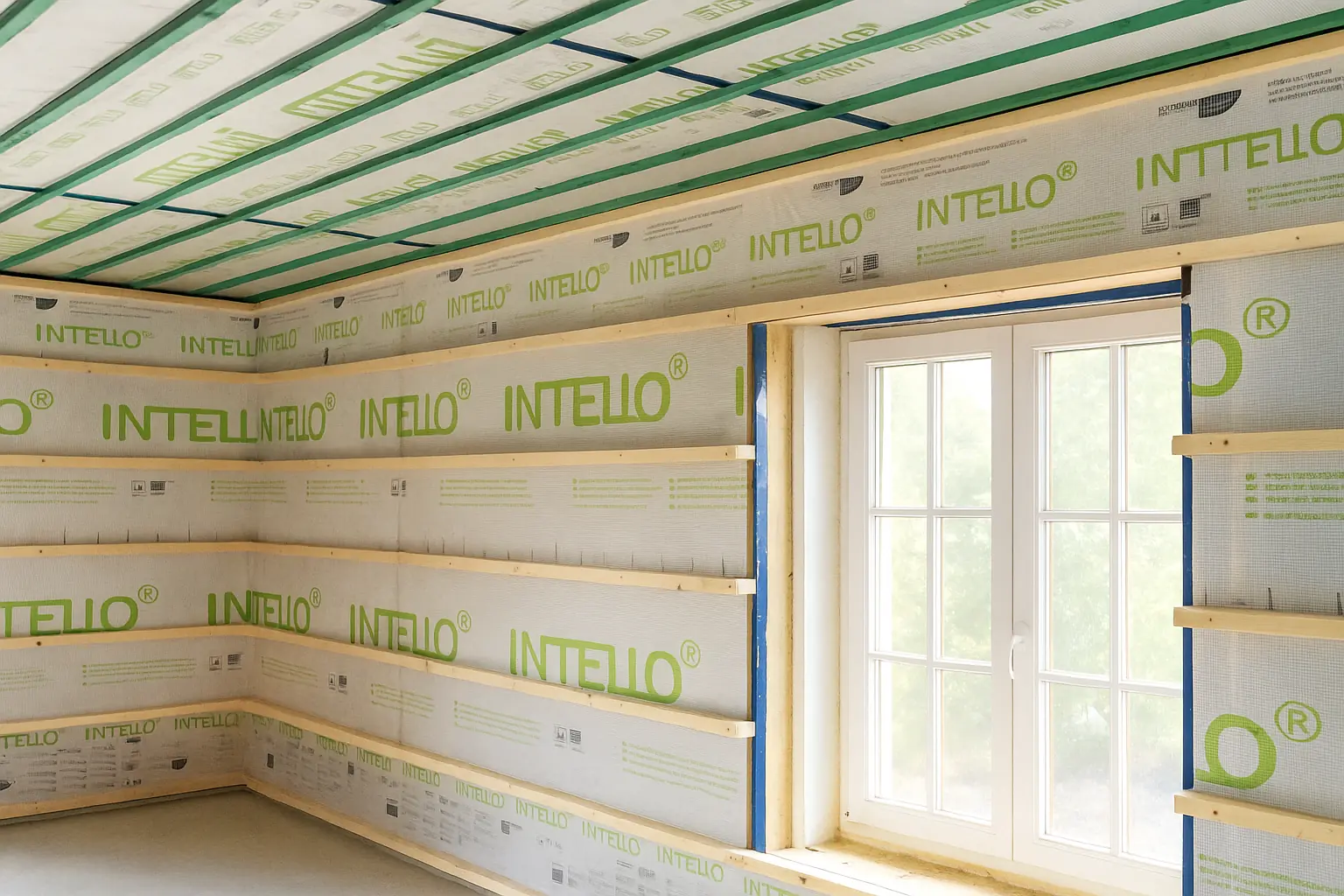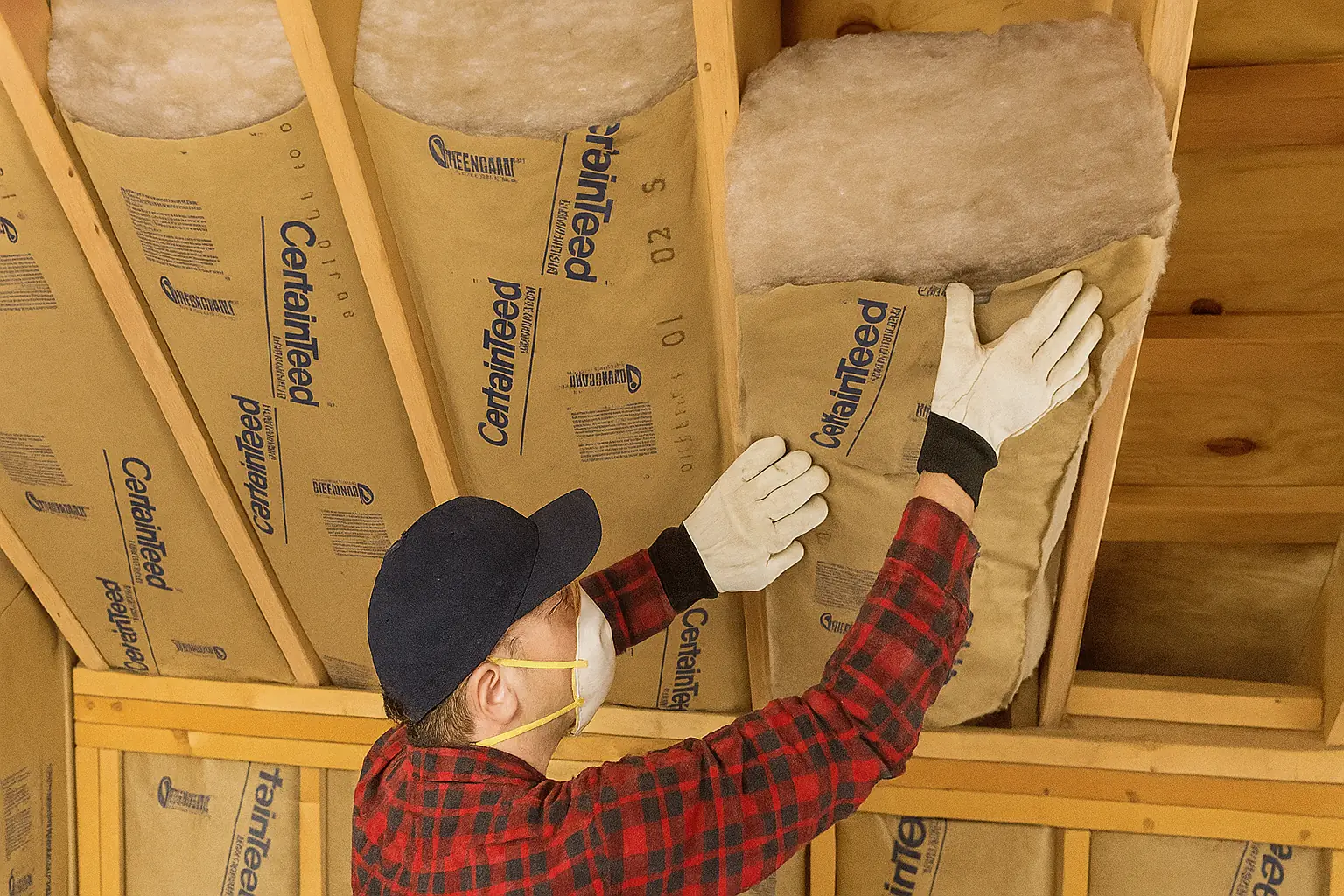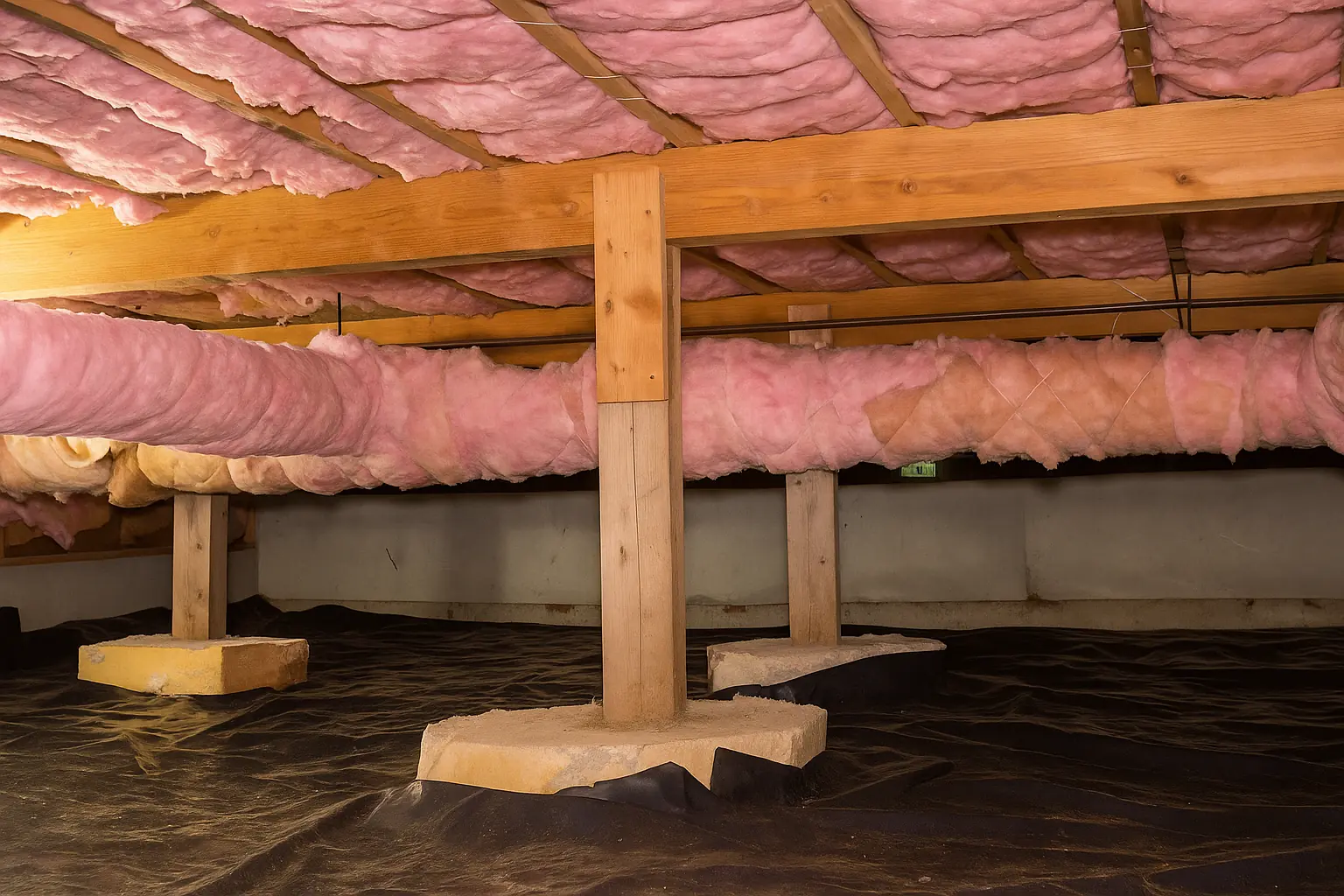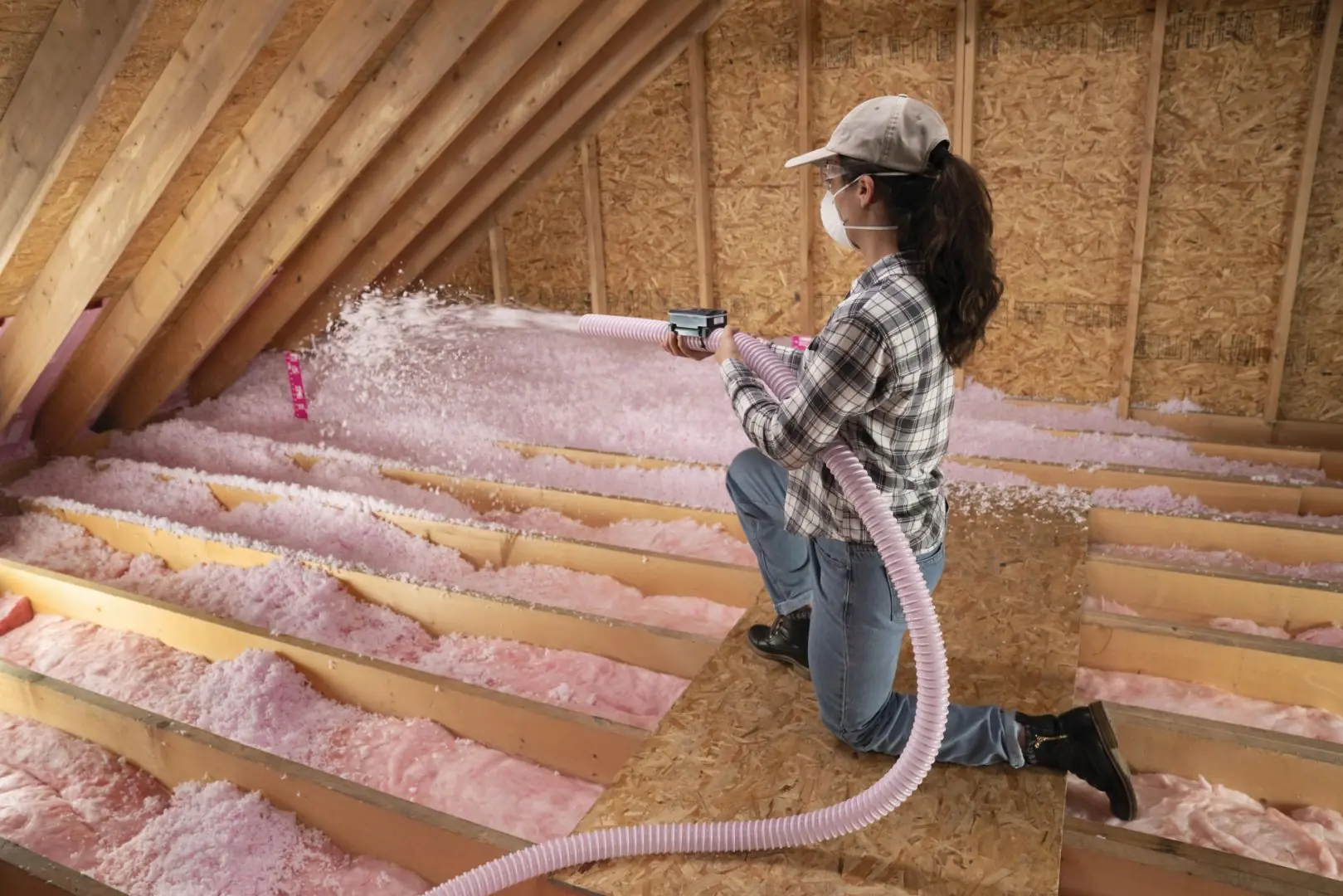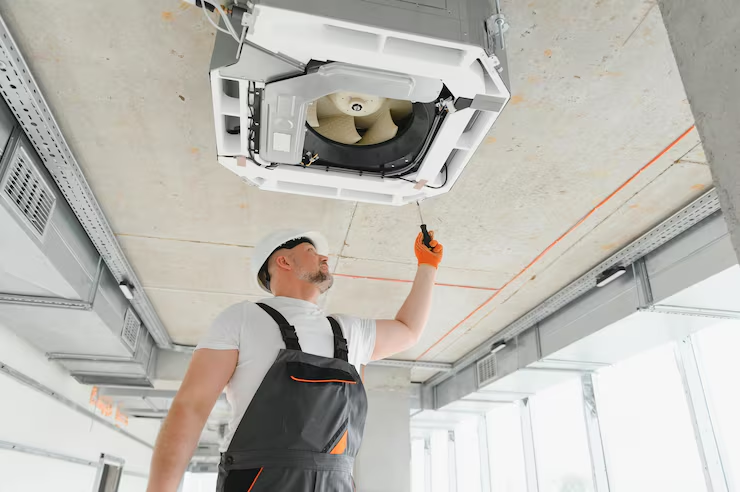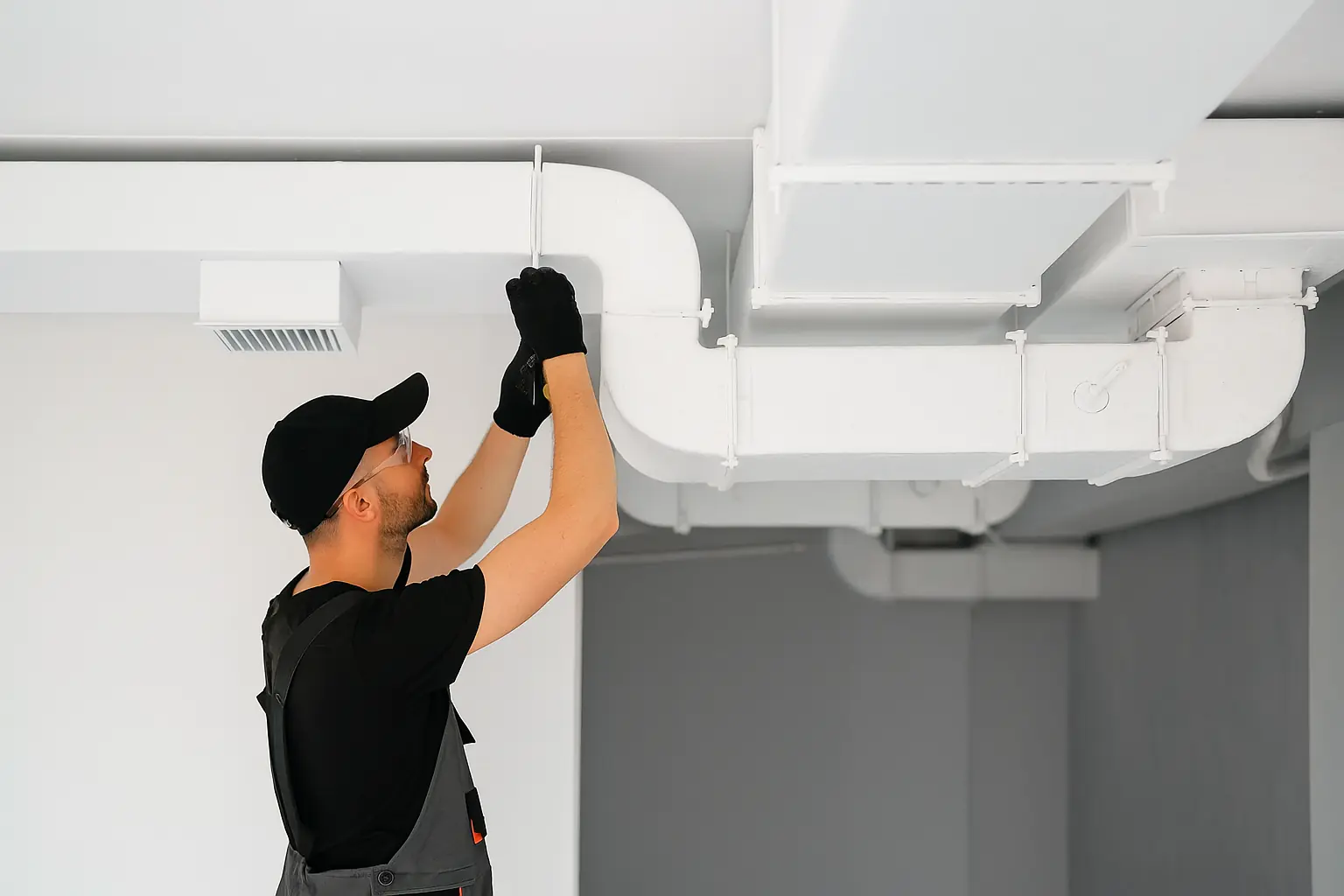As the temperature drops, your furnace becomes one of the most important appliances in your home. It keeps you warm, comfortable, and safe during chilly months. But like any appliance, furnaces don’t last forever. Whether you need a new furnace installed or your old one replaced, understanding the process can save you time, money, and potential headaches down the road.
In this blog, we’ll cover everything you need to know about furnace installation and replacement, from deciding when to replace your furnace to the steps involved in installation.
Why Furnace Installation and Replacement Matter
A furnace is a significant investment, and its efficiency directly impacts your home’s comfort and energy costs. If your current furnace is nearing the end of its lifespan, it’s essential to consider a replacement before it fails unexpectedly. Newer furnaces are much more efficient and can save you money on your energy bills, while also improving your home’s heating performance.
Installing a new furnace can also:
- Improve air quality by eliminating dust and allergens that may build up in old systems.
- Provide more consistent heating throughout your home.
- Reduce the likelihood of costly repairs due to an aging system.
When Should You Replace Your Furnace?
Knowing when to replace your furnace can be tricky. Here are the main signs that it may be time to replace rather than repair:
Age of the Furnace: The average lifespan of a furnace is about 15-20 years. If your furnace is older than this, it may be time to consider replacement.
Frequent Repairs: If you find yourself calling a technician regularly to fix your furnace, the costs of repairs can quickly add up. In some cases, replacing the unit will be more economical in the long run.
Rising Energy Bills: Older furnaces lose efficiency over time. If your energy bills are higher than they should be for the size of your home, your furnace might be struggling to keep up.
Uneven Heating: If some rooms are too hot and others are too cold, it could be a sign that your furnace isn’t distributing heat efficiently.
Strange Noises: Banging, whistling, or grinding sounds could indicate mechanical issues, which may signal that it’s time for a new system.
The Furnace Installation Process
Furnace installation is a job best left to professionals. Here’s what you can expect during the installation process:
1. Consultation and Assessment
Before installation, a heating professional will assess your home’s heating needs. This includes considering the size of your home, your current ductwork, and your preferred fuel type (natural gas, oil, electric, or propane). They may also perform a Manual J load calculation to determine the correct furnace size.
2. Choosing the Right Furnace
There are various types of furnaces to choose from, including:
- Gas Furnaces: The most common and energy-efficient choice.
- Electric Furnaces: Less common but can be a good option in areas where natural gas is not available.
- Oil Furnaces: Found mostly in rural areas, though less energy-efficient than gas options.
- Dual-Fuel Furnaces: Combine a heat pump with a furnace for optimal energy savings.
Your professional installer will help you choose a furnace that fits your home’s needs and your budget.
3. Removal of the Old Furnace (if replacing)
If you’re replacing an old furnace, the technician will safely disconnect and remove the old system. Proper disposal is essential to ensure compliance with local regulations.
4. Installing the New Furnace
Once the new furnace is in place, the technician will connect it to the ductwork, gas lines, or electrical wiring, as needed. This is a critical step to ensure the system operates safely and efficiently.
5. Testing and Calibration
After installation, the technician will thoroughly test the system. This includes checking the thermostat, airflow, and fuel connections to ensure everything is working properly. They’ll also calibrate the furnace for optimal performance.
6. Final Walkthrough and Clean-Up
Once everything is in working order, the installer will walk you through how to use the system and offer maintenance tips. They’ll also clean up the work area, leaving your home in good condition.
Tips for Furnace Replacement
- Consider Energy Efficiency: Modern furnaces are far more energy-efficient than older models. Look for models with a high AFUE (Annual Fuel Utilization Efficiency) rating to save money on your heating bills.
- Maintenance Matters: A furnace requires regular maintenance to perform at its best. Schedule annual check-ups and replace filters regularly to extend the life of your system.
- Get a Professional Opinion: Always work with licensed HVAC professionals for installation and maintenance. They’ll ensure the system is installed correctly and safely.
Furnace Replacement Costs
The cost of replacing a furnace varies based on factors like furnace size, fuel type, and labor costs. On average, you can expect to pay between $2,500 and $7,500 for furnace installation, including the unit, labor, and any necessary ductwork adjustments.
However, keep in mind that a more efficient furnace can pay for itself over time by reducing energy bills, so it’s worth investing in a high-quality model.
Final Thoughts
Furnace installation and replacement may seem like a daunting process, but it’s an investment that will pay off in comfort and energy savings. By knowing when to replace your furnace, understanding the installation process, and working with professionals, you can ensure that your home stays warm and efficient for years to come.
If you’re ready to replace your furnace or have questions about the installation process, feel free to reach out to us for a free consultation. Your comfort is just a furnace away!

